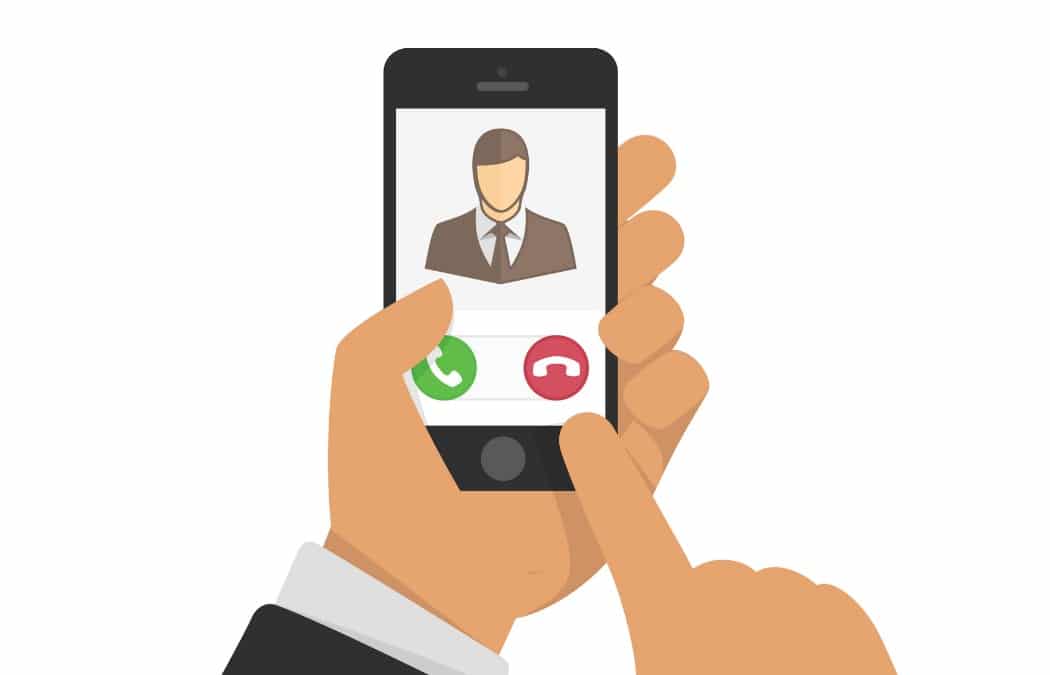When was the last time you answered a call on your smartphone from a number you didn’t recognize? Don’t worry; you are not alone. Many won’t answer the phone to their friends if they feel like a little quiet time. Elsewhere, businesses often do everything they can to avoid picking up the phone too.
As a society, we have become reluctant or fearful of making and taking phone calls. It can even cause anxiety and stress to those who are much more comfortable using messaging apps rather than their voice to communicate. But how did we get here?
In a mobile-first digital world, our habits and preferences have evolved with the growing number of communication tools at our disposal. SMS text messages have been replaced by WhatsApp, Facebook Messenger, and a long list of social media platforms bombard our phones with notifications throughout the day.
Millennials and Gen Z in the Workplace
While we manage our increasing number of digital messages, we are making fewer voice calls. Why does this matter? It’s crucial to remember that within the next two years, 50 percent of the U.S. workforce is expected to be made up of Millennials. And this figure is expected to rise to 75% by 2030. But while they might be dominating the workplace, but they are also heading towards middle age.
Enter a new generation of digital natives: Gen Z.
The Gen Z generation has been surrounded by the internet, social media, and interactive devices since birth. They have higher expectations for constant communication with their peers, and thirst for similar experiences into the world of business as well.
Making traditional phone calls can feel incredibly daunting to digital generations who can access almost anything on-demand from a Smorgasbord of digital channels at their fingertips.
The Era of Digital Customer Service is Here
We shouldn’t be too surprised by these changes. Over five years have passed since IBM’s Bridget van Kranlingen advised that “The last best experience that anyone has anywhere, becomes the minimum expectation for the experience they want everywhere.” Fast forward to 2019, and 81% of customers who don’t have a pleasant experience will go elsewhere.
The success of Netflix is an excellent example of how users have the same seamless experience as they drift from TV, tablet, computer, and smartphone, picking up at the same time stamp where they left the video on the previous device. In many ways, this type of experience has become the standard that we expect from other services in our increasingly digital world.
Sure, many consumers used to dial the 1-800 number or email a question. But the way we access these technologies has even changed dramatically. We can access answers to any question simply by “Googling it,” or asking a voice assistants like Alexa or Siri. Communication has evolved into a continuous experience.
As technology continues to relieve every day pain points, it’s businesses which cling to the old way of doing things, or use technology that adds to consumer frustration that will run into problems. Dealing with interactive voice responses and cumbersome phone menus or conversing with a chatbot that only gives scripted answers will add rather than remove frustrations.
Matching Business Tools with Customer Technology
There seems to be a disconnect between how we think as consumers and the solutions we implement in a business. If we run into a problem at home, we will turn to a YouTube video to walk us through solving the problem. Spending an hour on a phone call or waiting around for an email from a support team is usually the last thing on our mind.
The good news is that brands that are expanding their digital service capabilities are thriving in the market. They are giving the customer the experience they want. For example, AXA’s customer service handles 4,000 messages a month – in addition to the other channels it offers, like email and live chat – with only four agents.
The most significant casualty of the digital age in which we all reside in is our patience. The wait on hold or the helpline that is only available during office working hours are prominent examples. But as consumers, the majority of our communication is all managed seamlessly across digital channels.
The questions that digital natives are increasingly asking is, why are so many businesses failing to use the same tools as their customers? And why do they continue to cling to their analog past? A lack of available digital channels to communicate with customers is the same as pulling the shutters down on your office. So, don’t be surprised if you don’t listen and they go elsewhere.
Connect with Customers Wherever They Are
Does your business enable your customers to communicate by text and get a follow-up via WhatsApp and Facebook Messenger? Do you have the ability to flag if a user has repeatedly complained about the same problem from multiple profiles on different channels? These are all standard expectations from digital natives.
Don’t add to your customer’s frustrations with cumbersome phone menus and support emails with a 48-hour response wait. The communication economy is powered by connected channels, AI and agents, seamlessly interacting with customers wherever they are, whatever they need, throughout the customer lifecycle.
These are the benchmarks that your business will be judged on by digitally savvy audiences and their rising levels of expectations. But as a consumer, you know this already. So, isn’t it time you helped your business deliver the communication experiences that you enjoy?
Learn more: https://www.ringcentral.com/engage
Originally published Nov 26, 2019, updated Dec 30, 2022





